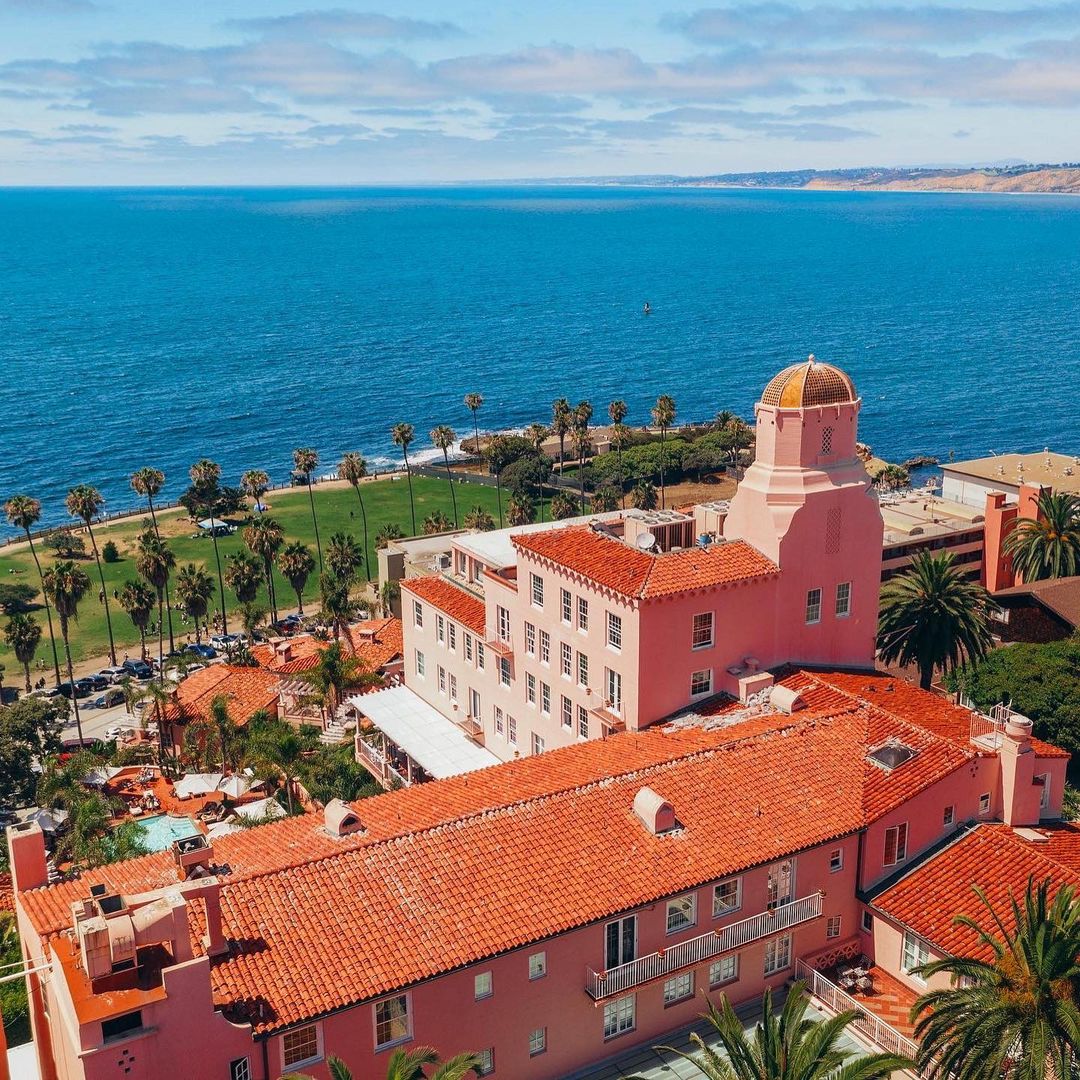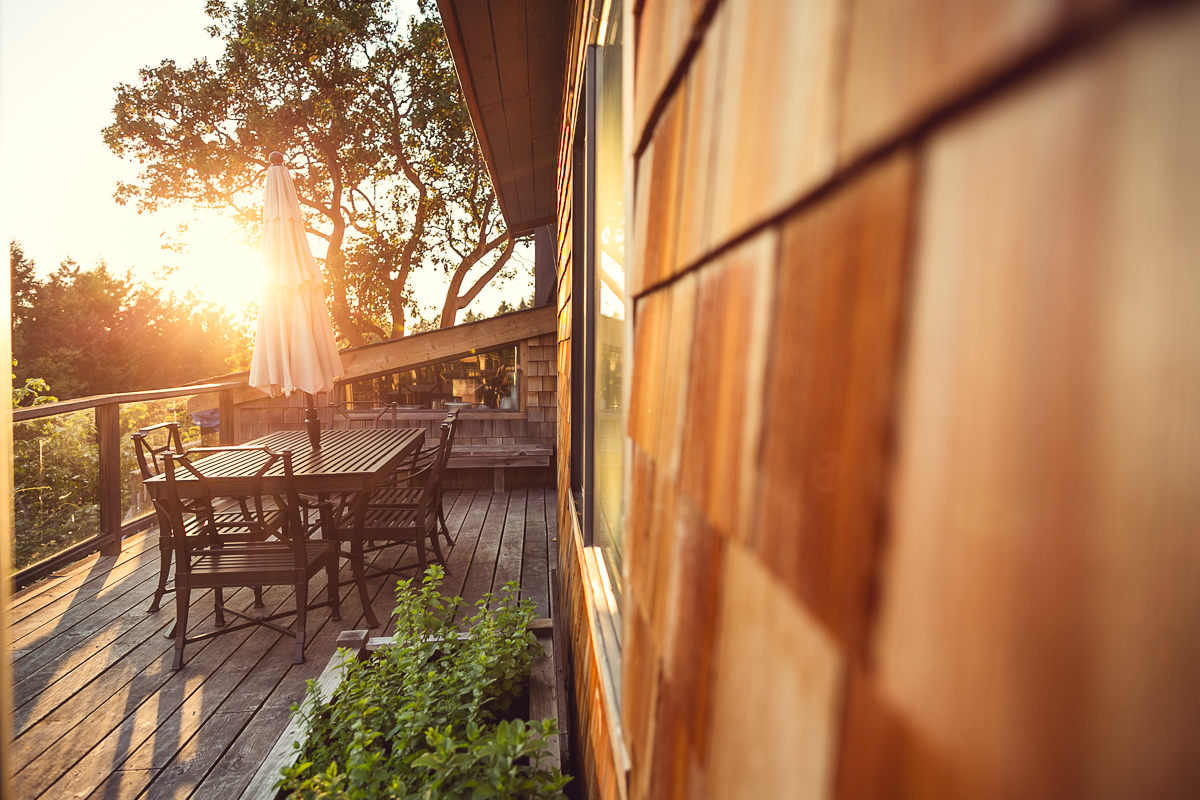Mashpi Lodge in the Chocó Cloudforest of Ecuador
Awe and responsibility.
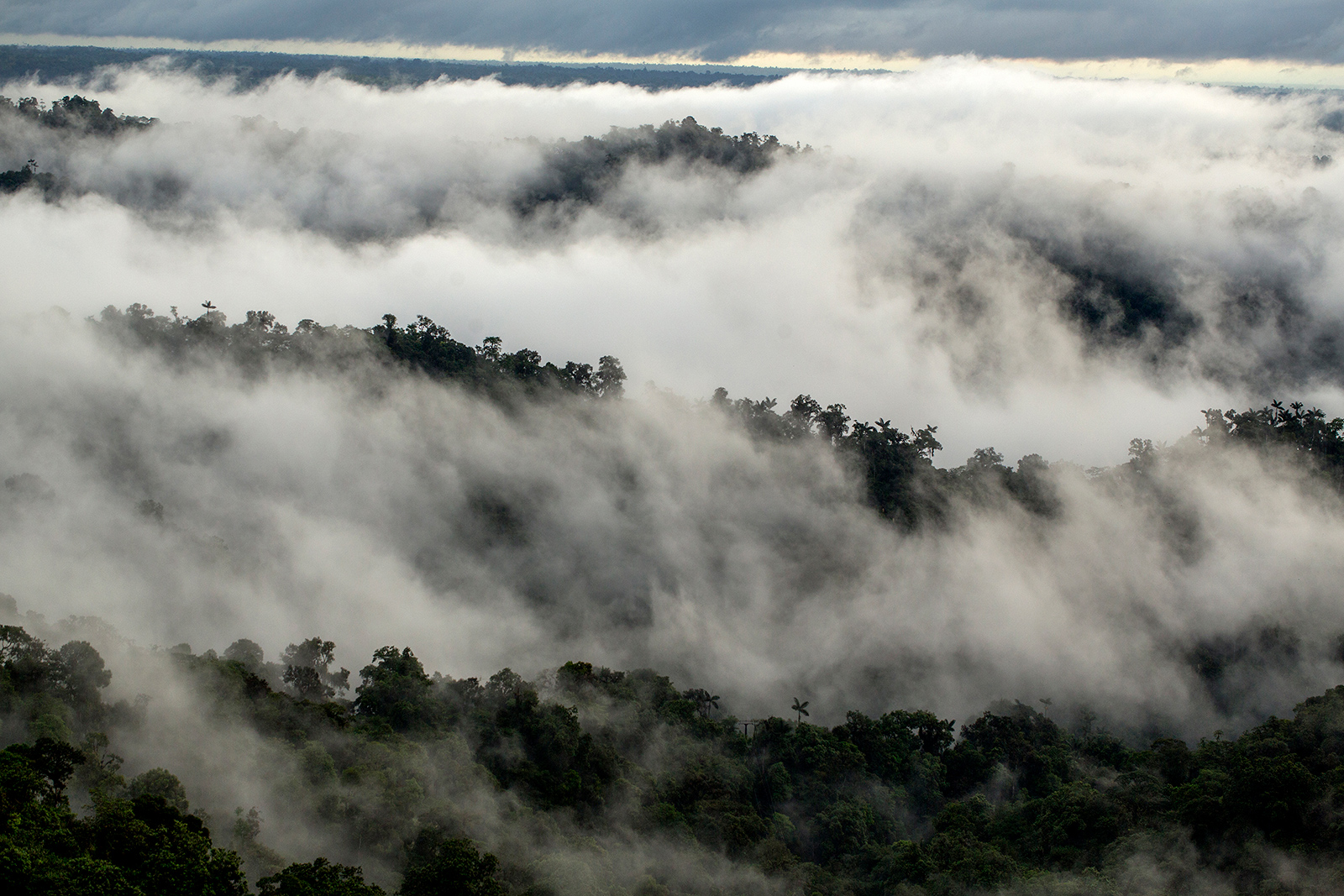
The naranjilla juice is sweet yet tart. This “little orange”, more tomato-like than citrus, is a pulpy-and-piquant welcome drink at Mashpi Lodge in the Chocó cloudforest of Ecuador. Sipping it is a precursor to the varied and intense sensory experience here, just 100 kilometres as the crow flies—or Andean condor, Ecuador’s national bird—from Quito.
Although Mashpi Lodge is located within the metropolitan district of Quito, it sits between rain- and cloudforest in a 1,200-hectare private reserve, 70% of which is still pristine. This is the last 2% of untouched Chocó, a tiny corner in which unnamed species are still being discovered. The Mashpi frog and magnolia, both endemic to the forest surrounding the lodge and research station, were only identified a few years ago by the resident biologist.
After my naranjilla, I wander out to a viewing platform that juts over the lush-green canopy. It’s misty and mysterious, the caws of birds (some 400 species have been sighted here, from 32 types of hummingbirds to the elusive cock-of-the-rock) reverberating from every direction. I feel as if I’m in the clouds indeed. Behind me, the modern glass-and-steel structure of the lodge (accommodating just 47 guests) is completely enveloped by jungle.
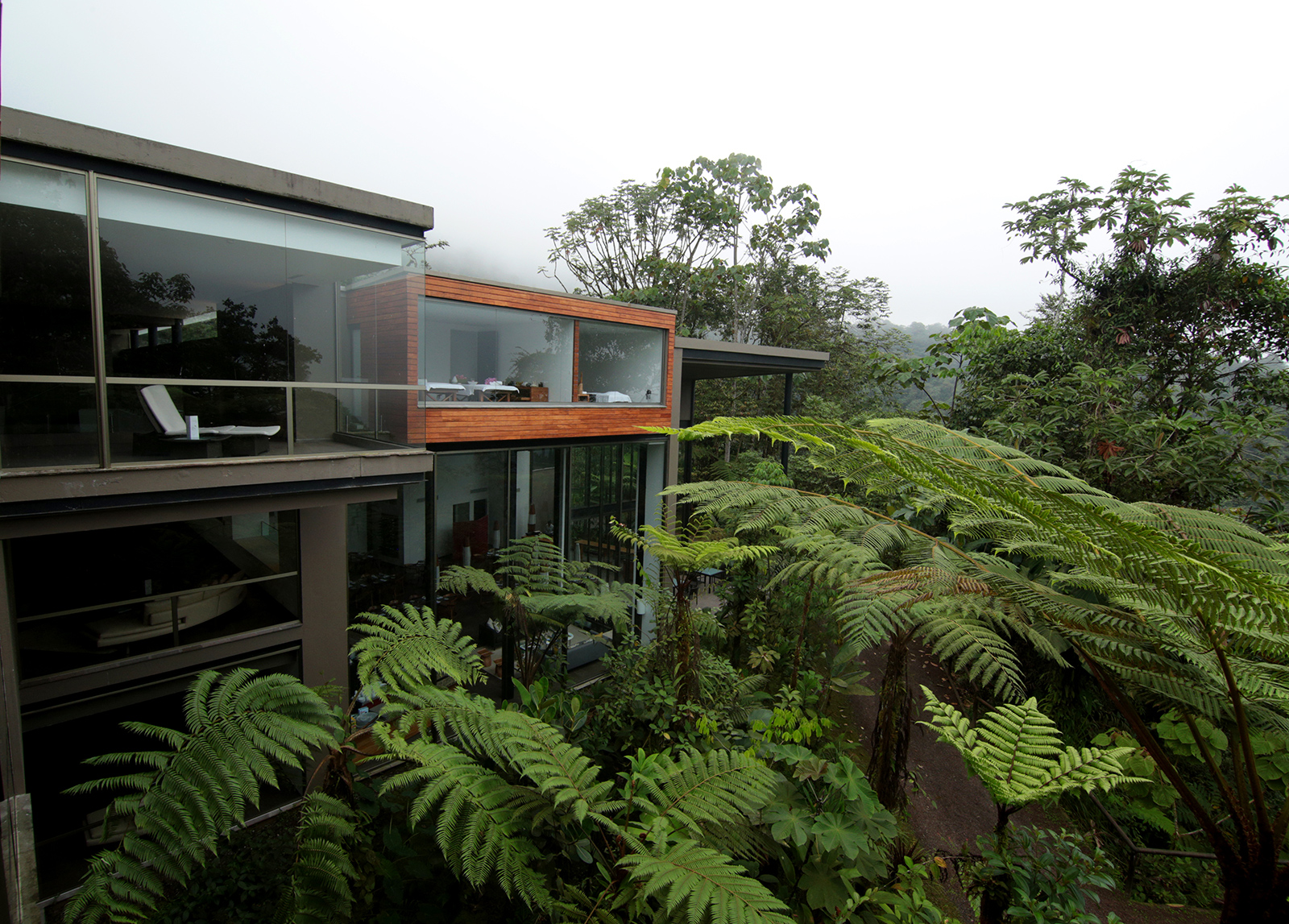
Mashpi Lodge spa overlooking the jungle.
I marvel at the lodge’s construction: it was built without cutting down a single tree. The land, once owned by a logging company, had an existing road and clearing on which the lodge was constructed. The goal here, after all, is to be at the forefront of rainforest protection, as per the vision of Roque Sevilla who bought 700 hectares 20 years ago. A longtime environmentalist (he’s also a businessman and former mayor of Quito), he wants to expand the conservation area of the Chocó, “a biological highway” of great diversity, to more than 5,000 hectares.
The four-year-old lodge is the face of those larger conservation efforts. The rationale: build it, and visitors from around the world will come to witness the singularity of the cloudforest, helping to keep it from destruction. There’s also an on-site laboratory where visiting scientists conduct research. A Forest Steward Program also encourages thoughtful tourism in which guests can observe ongoing research projects and learn about species like the long-wattled umbrellabird or “cloud cat” in the on-site Mashpi Laboratory. And the lodge has a new—and compulsory as of 2020—CO2 offset initiative.
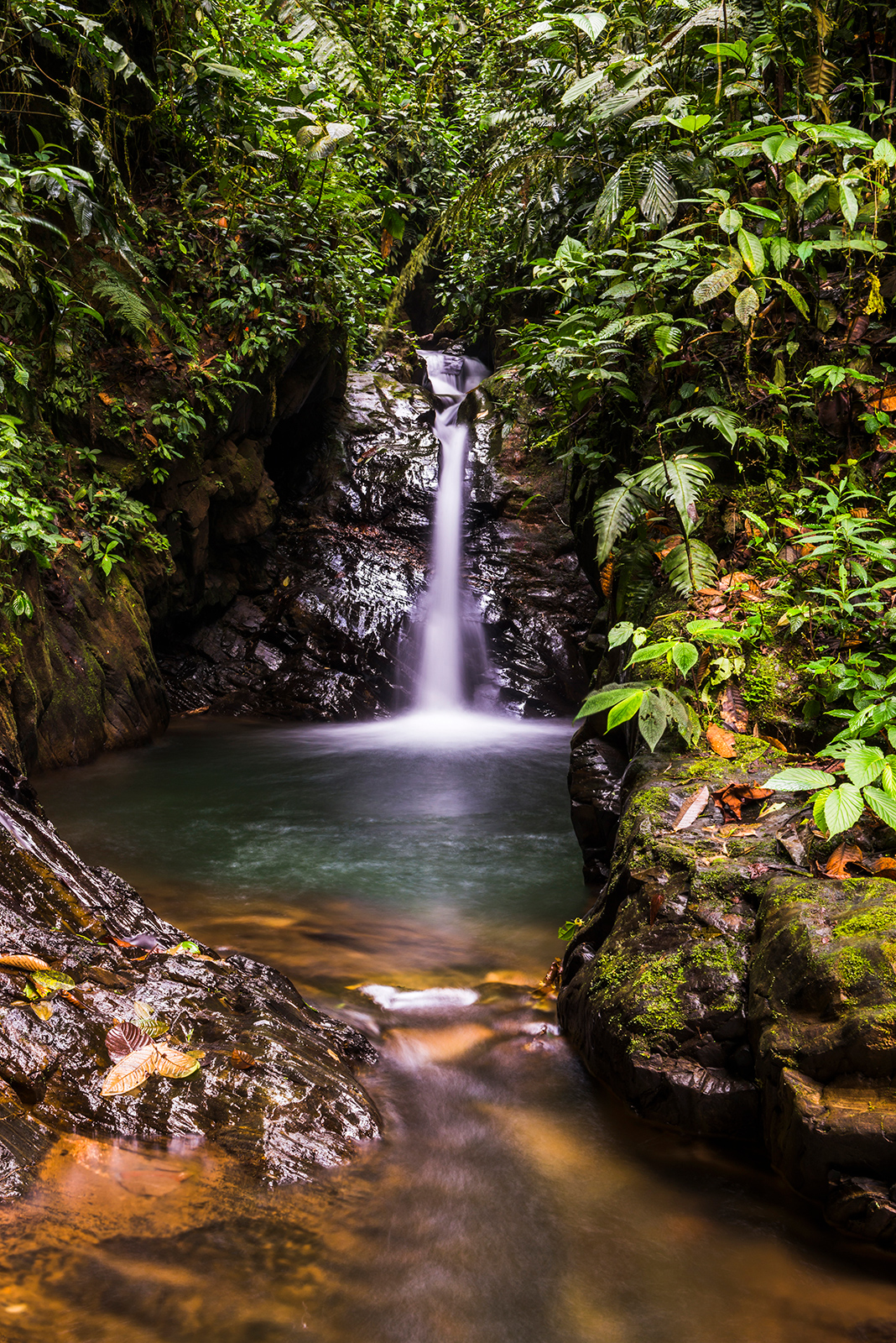
Cucharillos Waterfall in the Choco Rainforest, Ecuador. This area of jungle is the Mashpi Cloud Forest in the Pichincha Province of Ecuador, South America.
It’s inspiring, but on the ground in the jungle, walking along a machete-whacked path, is when the impetus for these conservation efforts comes into focus. I am almost swept away by the beauty and fragility as I trek under massive copal trees (40 metres tall!) and listen to the eerie and evocative call of the Howler Monkey. After dark, I see a glass frog as small as my thumbnail and a tarantula as big as my hand.
Then I take a ride on the Dragonfly, a two-kilometre-long, open-air cable car that hovers above the cloudforest canopy like one of the resident toucans. This bird’s-eye view showcases Mashpi Biodiversity Reserve’s operatic grandeur. Far below, I see the waterfall I hiked to and dove beneath earlier, its stream snaking through the green like a silver thread through a plush carpet. The lodge on its narrow perch is barely discernible amidst the foliage. Afterwards, back inside, I sip a “glass frog” cocktail, another local concoction and ode to the jungle: herbal, green, sweetened with tonka bean. Only in the cloudforest.
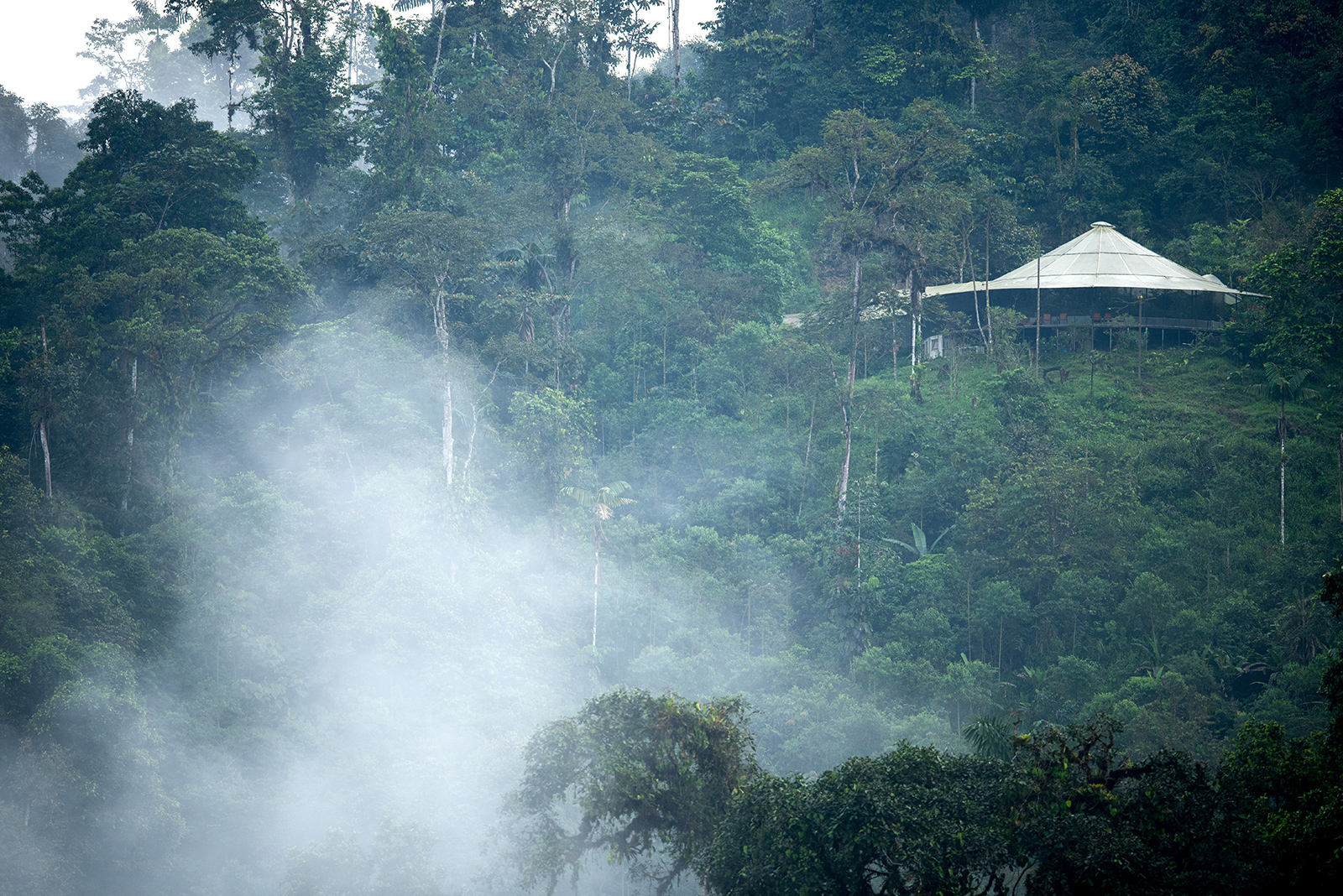
Misty morning in the Choco Rainforest, an area of cloud forest in the Pichincha Province of Ecuador, South America.
________
Never miss a story. Sign up for NUVO’s weekly newsletter here.





